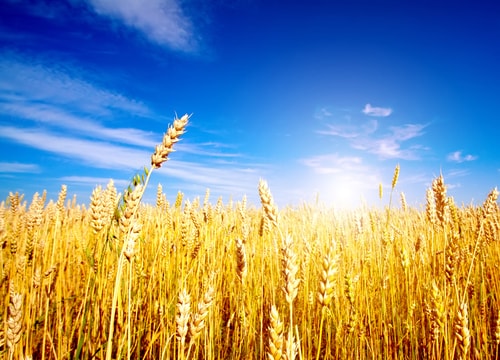Frost-seeding red clover as a cover crop
By Diego Flammini, Farms.com
As the temperature slowly starts to creep above freezing and we say goodbye to winter, farmers are coming up to the ideal time for them to frost-seed some red clover into their winter wheat crop.
Michigan State University (MSU) suggests between mid-March and early-April as the ideal period for farmers to broadcast the red clover into their winter wheat crop, just before green-up. It is important that the snow melts beforehand.
Heavy and deep snow may cause the seed to go into lower field areas and result in less than ideal stands.
Michigan State University and their Extension Cover Crop program has been conducting studies and experiments using mammoth and intermediate red clover to help winter wheat using a seeding rate between 6 and 18 pounds/acre. Their most consistent results came with a seeding rate of 12 pounds/acre.
A consistent stand height is important to make sure each stand is receiving the full complement of benefits from the red clover. These benefits include:
- Between 30 and 100 pounds of soil nitrogen for the following crops
- Reduction in soil erosion and pollutants in the water
- Increase the soil’s ability to hold water, its organic matter and health as a whole
- Reduction in weed pressure
- Serves as forage
One practice to ensure uniformity MSU suggests is setting the spreader at half the intended seeding rate. Once the field is seeded, go over the field again and spread the other half of the seeds.
Be wary however, as there are some times when using red clover may be ill-advised. It should not be used when (because of late planting) the wheat stand is poor or if the clover residue in harvested straw is unacceptable, for example.
Join the discussion and tell us if you’ll frost-seed any red clover into your winter wheat. Why or why not? What other cover crops do you use and why?

Wheat